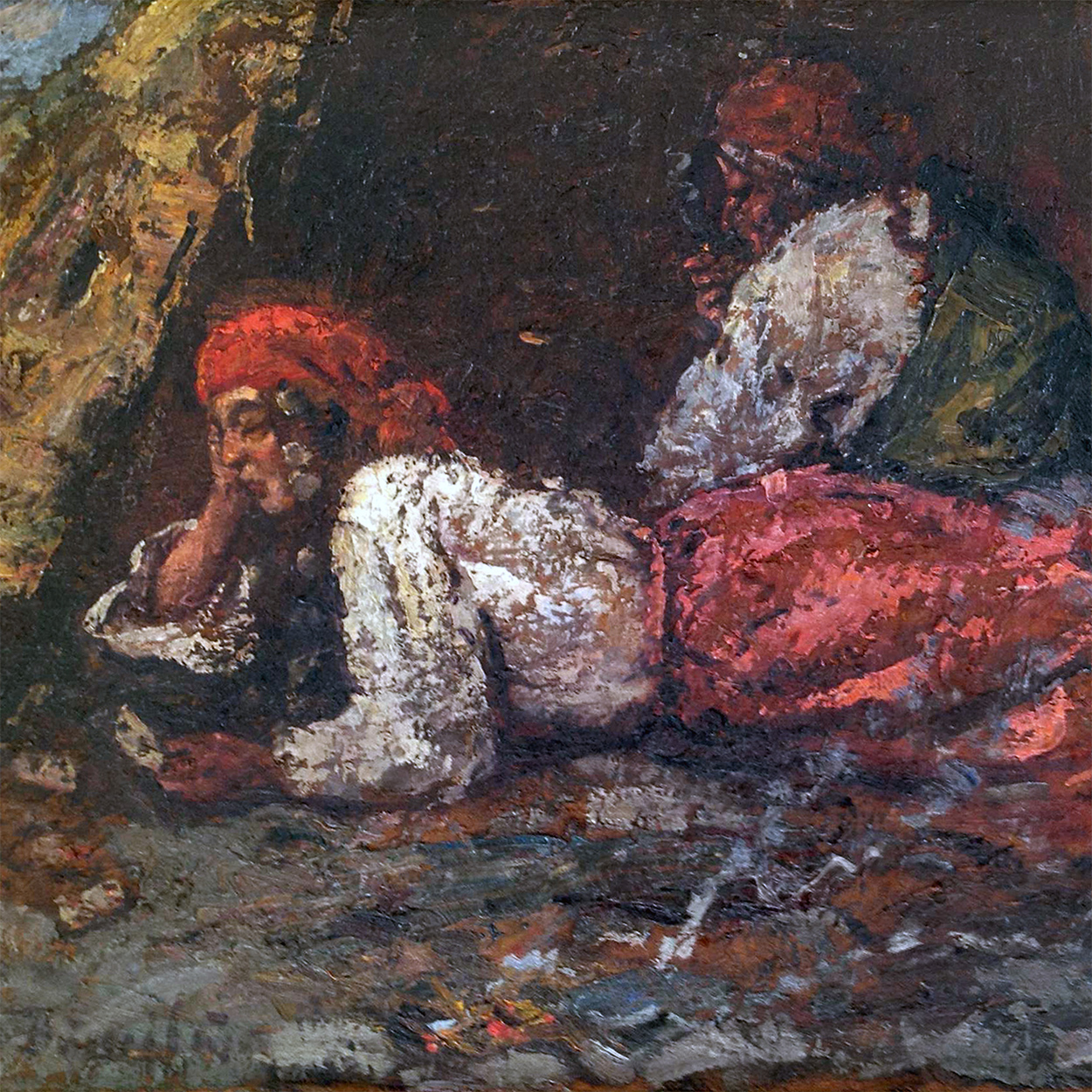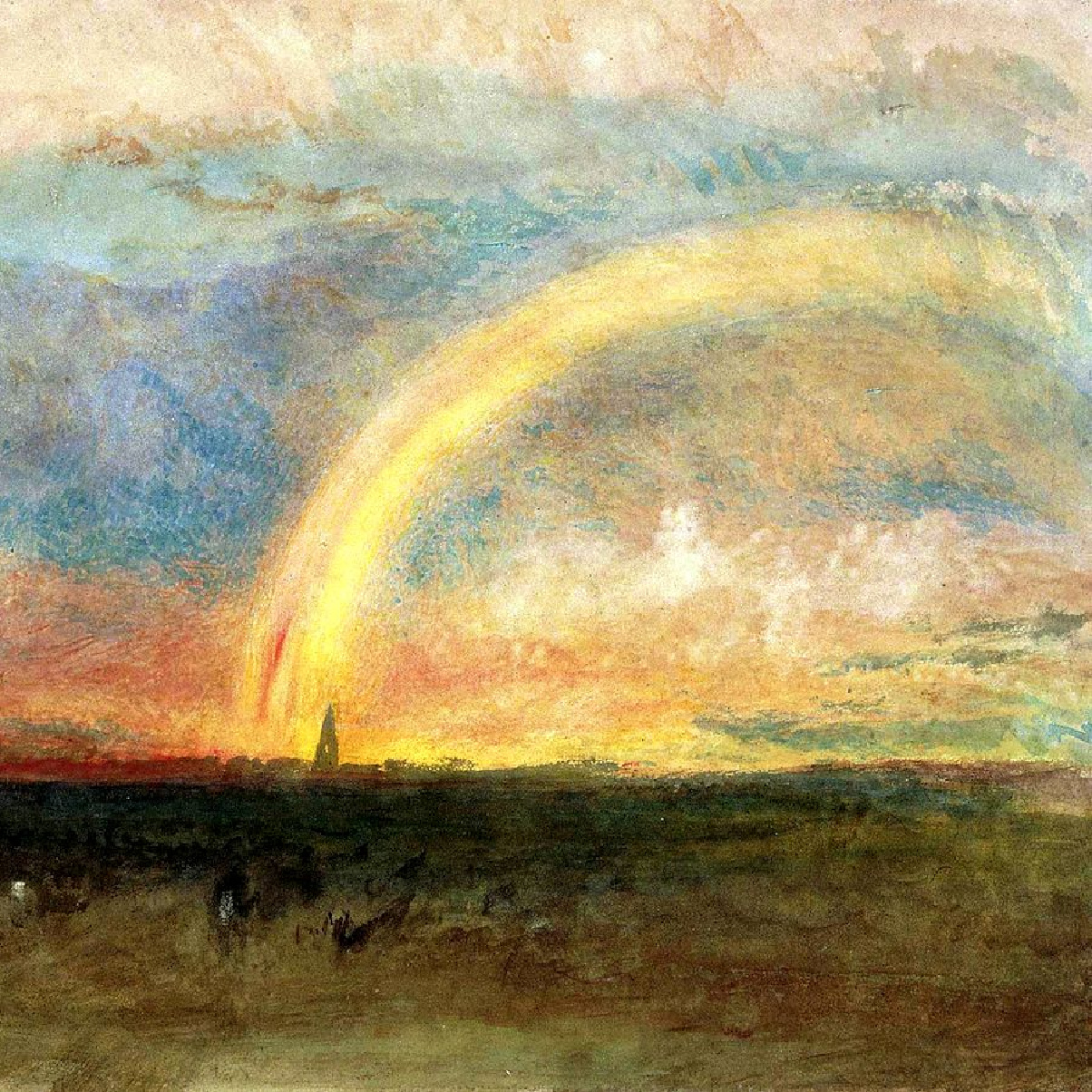Increasingly, one of the doctrines that sets Latter-day Saints apart is the law of chastity. One of the reasons this has stuck as a cultural norm is because of how embedded this doctrine is in our larger understanding of our eternal purposes.
Having both grown up in the Church, we have felt that, too often, lessons on the law of chastity focus on the letter of the law and leave out the important “why” that accompanies it. Understandably, the law of chastity can feel like an uncomfortable topic to broach in Sunday school as it moves into more intimate areas of people’s lives. However, when we leave out the important details and explanations for certain boundaries that the Lord has set, it can lead to confusion about the intention and purpose behind those laws and, perhaps, leave youth vulnerable in those moments that matter. When temptations arise, knowing the “why” leaves individuals with the knowledge that can help them make good choices.
We could do better by intentionally teaching the law of chastity within the context of the Plan of Salvation. Elder Holland commented:
It is LDS doctrine that sexual transgression is second only to murder in the Lord’s list of life’s most serious sins. By assigning such rank to a physical appetite so conspicuously evident in all of us, what is God trying to tell us about its place in his plan for all men and women in mortality? I submit to you he is doing precisely that—commenting about the very plan of life itself (emphasis added).
The first time I (Jacob) had ever been taught about chastity and the plan of salvation together was at the Missionary Training Center (MTC), where I spent 8 weeks preparing for my mission. The teacher who taught us opened my eyes to a whole new understanding. He taught us that the Plan of Salvation was God’s way of helping His children become like Him. Fundamental to the Plan is the fact that we are children of a Heavenly Father and a Heavenly Mother. We are made in their images. We come to Earth to gain bodies and learn how to use them righteously. Unique to Latter-day Saint theology is that if we keep our covenants with God, we are promised to inherit all that God has, to become as He is. Being like God will mean doing what He does, that is, continuing His work and His glory to bring to pass the immortality and eternal life of man.
Sexual powers are a communion, a sacrament.
In discussing the broader purpose of the law of chastity, it may be worthwhile to discuss the idea of telos, which means an ultimate end or aim. In his book, Anthony Sweat comments that “the law of chastity is about trust; it is about righteous use of power; it is about care; it is about creation; it is about covenant family.” The telos of the law of chastity encompasses so much more than the prohibition of sex outside of marriage. While that behavior is an essential component, it is not sufficient for a fullness of understanding. Fundamentally, sexual powers are a communion, a sacrament that allows us, for a moment, to experience the joy and godlike characteristic of procreation—creation. There is a reason that God has us refer to Him as our Heavenly Father. Procreation and the ensuing parenthood are a sacred and exalted calling. Essential to that sacrament is the fact that men’s and women’s bodies are complimentary. Hence we can see that the law of chastity encompasses more than abstinence before marriage; it also involves complementary parts and people that have the potential for procreation to create covenant families.
Thus, to insist that same-sex couples be allowed to be sealed in the temple not only jeopardizes the Plan of happiness, but it would also imply that same-sex couples would be able to continue God’s work and glory of creating and continuing families, which they cannot. It would imply that it would be possible to achieve exalted Godhood without the other sex, which not only is impossible but would also render the other sex (be it man or woman) entirely superfluous. Latter-day Saints, on the other hand, believe both men and women are essential to the plan of God.
Without a complete understanding of this doctrine, advocacy for its principles can come across as shallow or hateful. Understanding the theological roots of the law of chastity allows us to create an atmosphere and environment of love and acceptance without ignoring a fundamental truth of the gospel.
Otherwise, we run the risk of teaching modesty and chastity more in-line with Protestant purity culture than the doctrines of the Restored Gospel. That approach—short on love and doctrine—has not created the durable theology necessary for adherence.
Others attempt an accommodationist approach—subtly mixing gospel principles with worldly philosophies on sexuality that create conflicting views of true gospel living. This approach, short on truth and doctrine, similarly will not lead God’s children back to Him.
Unconditional acceptance is a counterfeit for divine love.
Unconditional acceptance is a counterfeit for divine love. Indeed, President Nelson admonishes, “It is precisely because we do care deeply about all of God’s children that we proclaim His truth.” To unconditionally accept someone tricks us into sinning by empathizing. As St. Teresa Benedicta of the Cross famously said, “Do not accept anything as truth if it lacks love. And do not accept anything as love which lacks truth.” Unconditional acceptance is neither truth nor love and, as such, ought to be rejected. Elder Christofferson commented that “some are wont to say, “The Savior loves me just as I am,” and that is certainly true. But He cannot take any of us into His kingdom just as we are,”
God’s love is “perfect, infinite, enduring, and universal.”God sets boundaries because He knows what it takes to become like Him and to inherit all that He has. As it was once put, “We are learning Heaven. We are preparing for it. We are practicing for it.” God has set these conditions because He loves us and desires our happiness; He desires us to change and grow on our quest to become like Him and has given us the Savior who enables that growth and forgiveness.


















